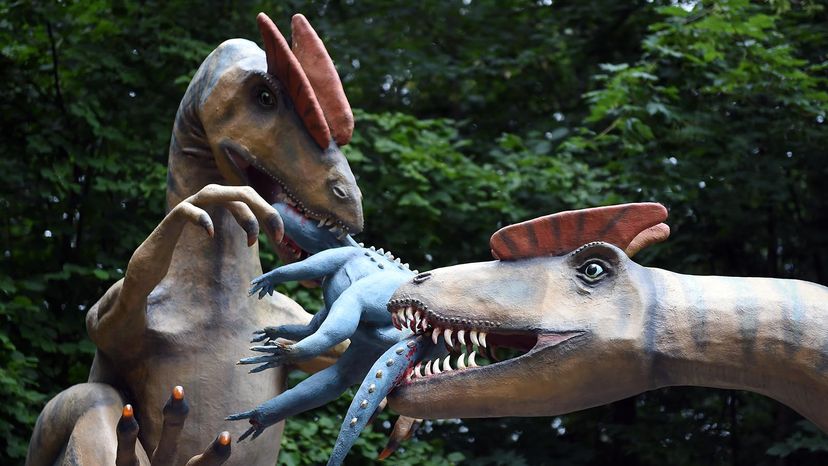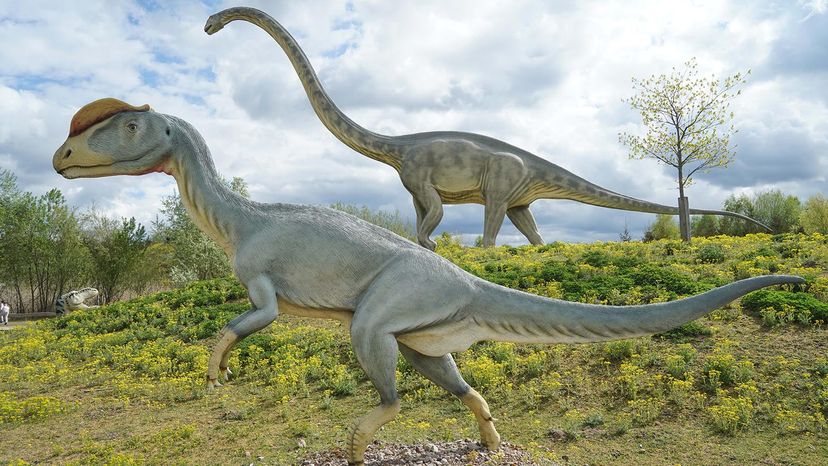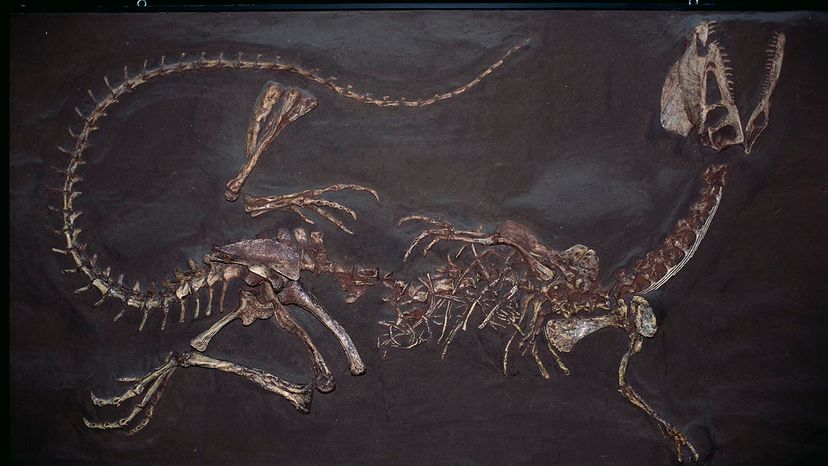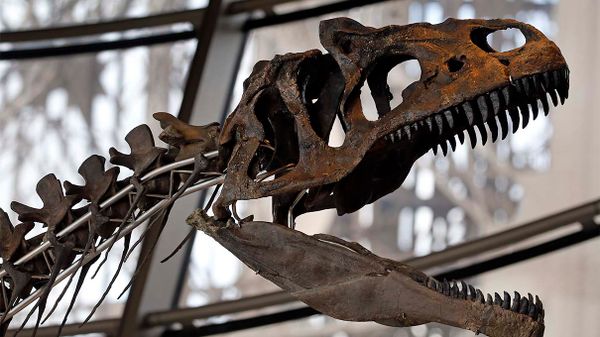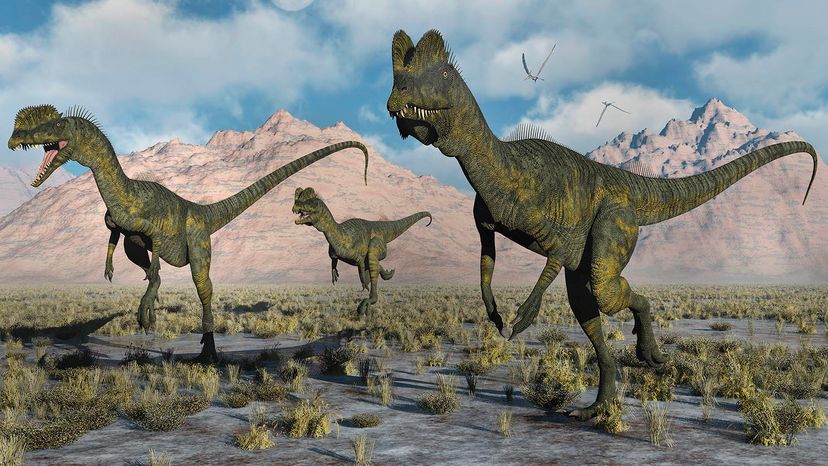
Key Takeaways
- The real Dilophosaurus was significantly larger than its "Jurassic Park" depiction, measuring over 20 feet (6 meters) long.
- Unlike the movie version, there is no evidence that Dilophosaurus had a neck frill or could spit venom.
- Its distinctive head crests might have been used for display or thermoregulation, and it had stronger jaws than previously thought.
By now, if you've been reading our dinosaur articles, you're probably fed up with the gripes about 1993's "Jurassic Park." Look, we're all fans of that movie — but it did get some things wrong. The onscreen Velociraptor are way too big and there's no reason to think T. rex couldn't see objects unless they were moving.
Perhaps no other beast has been more wildly mischaracterized by this franchise than the crested predator Dilophosaurus. Ironically, it was also one of the few dinosaurs in "Jurassic Park" that lived in the actual Jurassic period.
Advertisement
Advertisement
